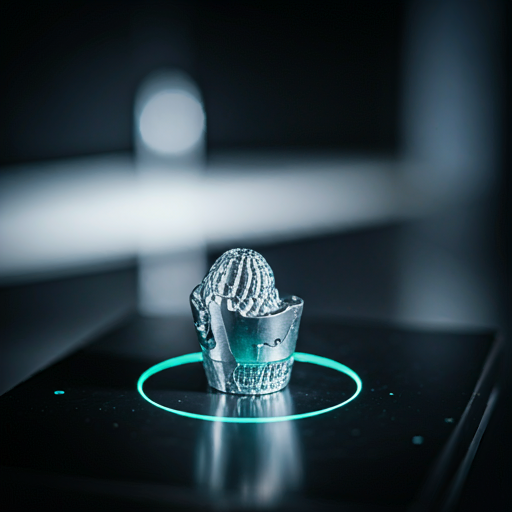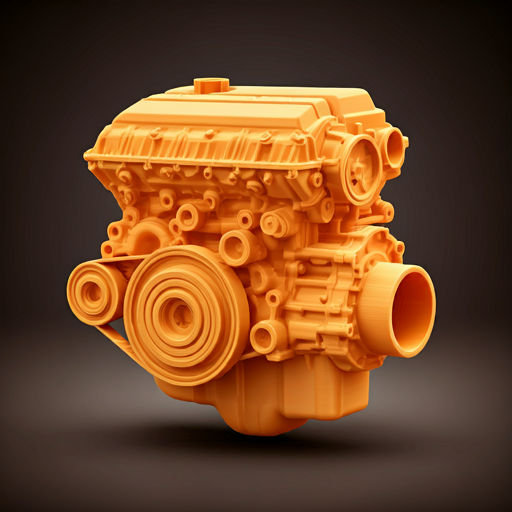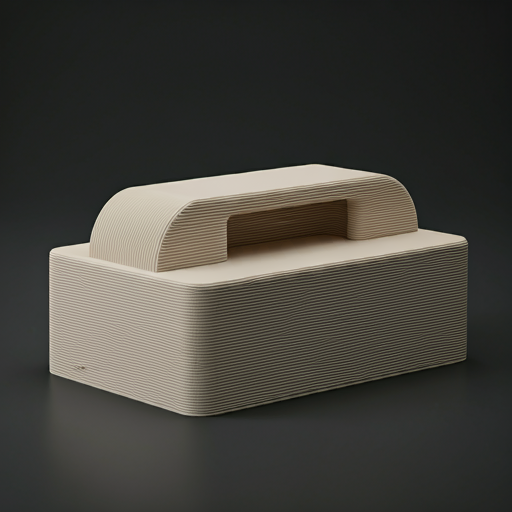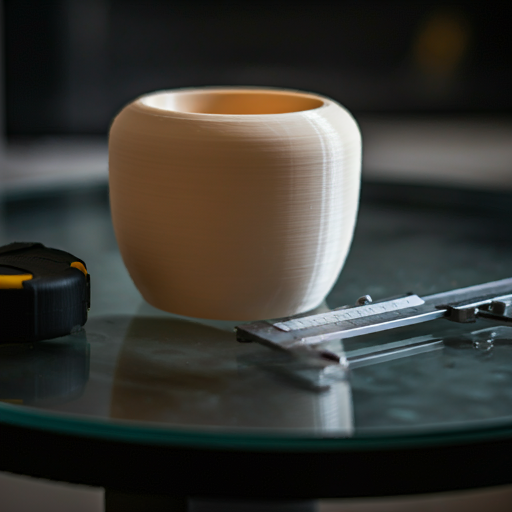
-
How it works
-
Industries
-
Services
-
Material
-
Company
-
Resources













 Industries
Industries
Discover PETG, a versatile thermoplastic combining the ease of PLA printing with the strength and durability of ABS—ideal for functional prototypes and end-use parts requiring toughness and chemical resistance.
PETG is a glycol-modified version of PET, widely known for its use in plastic bottles. The addition of glycol prevents crystallization, making the material clearer and less brittle when heated. PETG offers a unique balance of properties: it's stronger and more flexible than PLA, yet easier to print than ABS. It exhibits excellent layer adhesion, low shrinkage, and minimal warping, making it suitable for large prints. PETG is also known for its chemical resistance, transparency, and FDA compliance for food contact in certain grades. Its durability and toughness make it an ideal choice for functional prototypes, mechanical parts, and end-use applications across various industries. PETG's hydrophobic nature reduces moisture-related printing issues, and its glossy finish enhances the aesthetic appeal of printed parts.





 FDM compatible
FDM compatible Strong and Durable
Strong and Durable Excellent Chemical Resistance
Excellent Chemical Resistance Good Layer Adhesion
Good Layer Adhesion Food Safe (in certain grades)
Food Safe (in certain grades) Sensitive to Moisture
Absorption
Sensitive to Moisture
Absorption Can Be Stringy During Printing
Can Be Stringy During Printing
 Requires Fine-Tuned Settings
Requires Fine-Tuned Settings
 Less Heat Resistant Than ABS
Less Heat Resistant Than ABS
Key PETG properties rated to guide you in selecting the best fit for your 3D printing needs.
PETG is ideal for producing functional prototypes, mechanical parts, and end-use products that require durability, flexibility, and chemical resistance. Its ease of printing combined with strong mechanical properties makes it suitable for a wide range of applications.
 Protective equipment
Protective equipment Medical tool components
Medical tool components Lab equipment parts
Lab equipment parts Custom fixtures
Custom fixtures Fluid containers
Fluid containers Durable brackets
Durable brackets Food containers
Food containers Beverage bottles
Beverage bottles Household items
Household items Mechanical components
Mechanical components Enclosures and casings
Enclosures and casings Chemical-resistant parts
Chemical-resistant parts Functional Prototypes
Functional Prototypes Snap-Fit Components
Snap-Fit Components Transparent Parts
Transparent Parts Mechanical Assemblies
Mechanical AssembliesOffers a good balance of strength and flexibility, with excellent impact resistance and durability.
| Property | Value, metric |
|---|---|
| Tensile Strength | Approximately 50 MPa |
| Tensile Modulus | Approximately 2,000 MPa |
| Elongation at Break (%) | 25% |
| Flexural Strength | Approximately 70 MPa |
| Flexural Modulus | Approximately 2,100 MPa |
| Notched Izod Impact Strength | Approximately 80 J/m |
| Shore Hardness | Shore D 75 |
Printing with PETG is relatively straightforward, combining the ease of PLA with enhanced mechanical properties. It requires slightly higher temperatures and benefits from a heated bed. Good bed adhesion and minimal warping make it suitable for larger prints.
| Type | Value |
|---|---|
| Lead Time | 1-4 business days |
| Wall Thickness | Minimum 1.0 mm |
| Tolerance | ±0.20%, minimum ±0.2 mm |
| Max Part Size | Up to 450 x 450 x 450 mm |
| Layer Height | 0.1 mm to 0.3 mm |
Moderate heat resistance suitable for many applications, but lower than that of ABS.
| Property | Value, metric |
|---|---|
| Heat Deflection Temperature (HDT) | Approximately 70°C at 0.455 MPa |
| Thermal Expansion Coefficient | Approximately 65 x 10^-6 /°C |
| Thermal Expansion (Scale 0-100) | 65 |
| Max Service Temperature | Up to 70°C before significant deformation may occur |
Acts as an electrical insulator with good dielectric properties.
| Property | Value, metric |
|---|---|
| ESD Safety | Standard PETG is not ESD safe; specialized grades are available. |
| Conductivity | Non-conductive; insulating material |